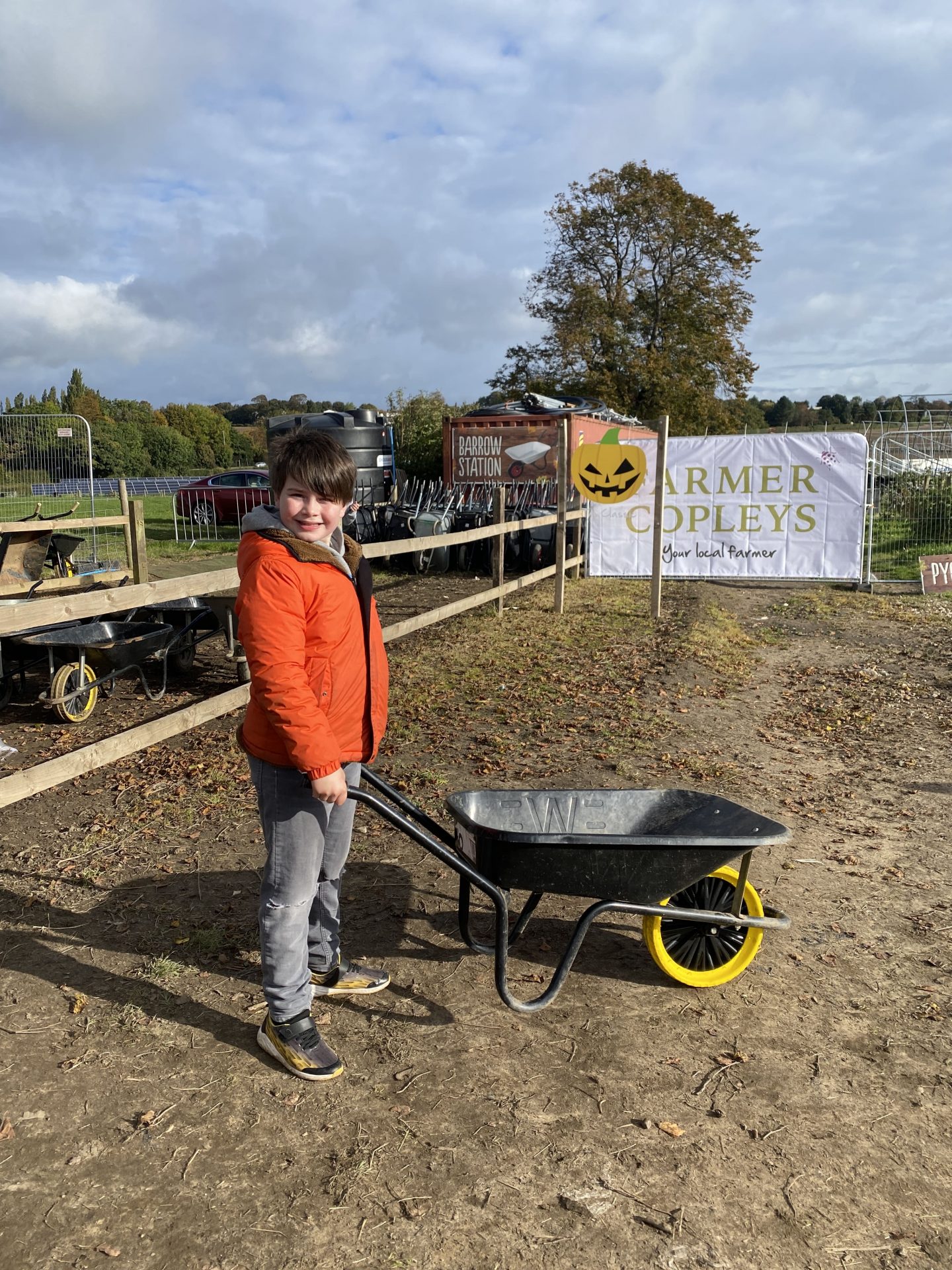Engage your children in a hands-on learning experience that grows along with their curiosity through gardening in your backyard.
Gardening with kids is a great way to introduce them to growing their own produce outside of the traditional boundaries of the classroom, as well as making it a fun, educational experience for them that isn’t short term. In this article, we will look at how you can easily create a backyard classroom; from the basics of setting up an outdoor classroom to choosing plants that can capture the imaginations of young minds, we explore how gardening can nurture a child’s love for nature and learning.
Key Points:
- Understand what we mean by an outdoor classroom and how to create one.
- Learn the educational benefits of gardening for children’s wellbeing.
- Explore plants and activities that inspire and educate.
What Makes a Great Outdoor Classroom?
An outdoor classroom is any space outdoors where children can play and learn, seamlessly integrating education with the natural world. These environments are as diverse as our communities, and can often be found anywhere from local woodlands and community gardens to somewhere as simple as your back garden.
Unlike traditional school gardens, a backyard classroom is more intimate, allowing for personalised lessons on the environment, sustainability, and science, and will make for some great bonding between parents, children, and other members of the family.
Whether it’s understanding the life cycle of plants or the importance of biodiversity, gardening with kids at home makes these lessons vivid and meaningful for years to come.
Creating a Learning Garden at Home
Here is how you can easily create a backyard classroom in your garden and bring a sense of being in the classroom to your garden.
- Starting Small
You do not need a lot of space and a range of tools to kickstart your learning garden. Begin with a small plot or containers where children can get their hands dirty.
Choose plants that are easy to grow and quick to reward with blooms or fruits, like:
- Sunflowers
- Marigolds
- Poppies
- Lemon balm
- Chocolate cosmos
- Nasturtiums
- Cherry tomatoes
- Radishes
All of these will ensure a quick and satisfying payoff for young gardeners.
- Educational Themes
For younger kids, focus on the basics like planting seeds and understanding sunlight and water requirements. As these grow over time, you can introduce more complex concepts such as composting, the role of pollinators like bees, or how weather affects plant growth.
Gardening for children can be a gateway to discussions about nutrition, as they discover the taste and health benefits of the vegetables they’ve grown themselves, and how this can translate over to the kitchen and their overall health and wellbeing.
Furthermore, a native plant garden introduces them to the local ecosystem, and innovative setups like hydroponic plant gardens can offer lessons in science and technology. You can even structure and streamline these into a hydroponic tower to make it more fun and engaging for your children.
- Engagement Beyond Planting
Children’s gardening is about more than just tending plants; it’s about nurturing curiosity and responsibility.
Encourage your kids to keep a garden journal, track the growth of their plants, and observe wildlife, turning the garden into a living laboratory. This hands-on approach helps build a lasting connection with nature.
- Develop Social Skills
Gardening with kids can be a communal activity that can help them develop valuable social skills. Working in a garden requires teamwork, sharing, and communication, especially if the garden is part of a school or community setting.
These experiences help children develop empathy and respect for their peers and the environment, which are essential skills for their overall social development.
- Discovering the Wonder of Nature
Encouraging children to explore the outdoors is an essential part of gardening with kids. It’s not always about structured activities; sometimes, it’s about letting them interact with the natural world.
Show them how fascinating and harmless local wildlife can be—let them gently handle worms, observe bees, and hold snail races. Such interactions can ignite a lifelong fascination and respect for nature, making them more conscious and appreciative of their surroundings.
- Grow Fruit & Veg Together
Kids gardening can start in a small, manageable part of the garden.
Choose a spot that’s conducive to growing simple vegetables that they may enjoy eating, like radishes or lettuce. This direct involvement not only makes gardening appealing but also encourages healthier eating habits.
Children are more likely to eat vegetables they have grown themselves, making this a perfect strategy to introduce them to new, healthy foods. For those that have a bit more of a sweet tooth, considering growing these easy to grow crops in a sustainable growing environment like a polytunnel:
- Creating a Miniature Pond
Building a pond with your children can be an exciting project that introduces them to aquatic ecosystems.
Even a small container pond can become a hub of activity, attracting frogs, dragonflies, and other wildlife. Supervise them closely to ensure your children remain safe, and use this opportunity to teach them about the life cycles of different pond creatures.
- Bird-Watching and Care
Setting up a bird feeding station is another excellent way to draw wildlife closer to home.
Equip the station with a variety of food to attract different bird species, and perhaps install a birdhouse with a camera to watch nesting birds up close. This not only entertains but also educates children on the importance of caring for wildlife.
- Starting a Cacti Collection
Children’s gardening can also extend to less conventional plants, such as cacti and succulents. These plants require minimal care, making them suitable for busy families or younger children who might not remember to water regularly. Starting a cacti collection can teach children about different plant needs and environments, and it can be a stepping stone to more diverse gardening adventures.
In conclusion, there are numerous benefits in which you can easily create a backyard garden and engage your children in a spot of gardening and let them earn their green fingers early. By engaging in activities like growing vegetables, creating wildlife habitats, and caring for plants, children not only learn about the environment but also develop lifelong skills and passions.
FAQs
What do I need to start an educational garden for kids?
To start an educational garden for kids, you’ll need a suitable space in your backyard that gets adequate sunlight. Basic gardening tools such as shovels, rakes, watering cans, and child-sized gloves are essential. You should also choose easy-to-grow plants that are interesting for kids, such as sunflowers, cherry tomatoes, carrots, and radishes.
How can I make gardening fun and not feel like a chore for kids?
Keep the activities varied and involve the children in every step, from choosing the plants to harvesting. Incorporate games and challenges, such as who can pull the most weeds or harvest the most vegetables, and celebrate their successes with small rewards.
About The Author
Sean Barker is the Managing Director of First Tunnels and a passionate advocate for sustainable gardening. With over 30 years of experience in the gardening industry, Sean has dedicated himself to helping gardeners across the UK maximise their growing potential through the effective use of polytunnels. His blog offers a wealth of practical tips, expert advice, and innovative solutions for maintaining and optimising polytunnels, ensuring gardeners can enjoy bountiful harvests all year round. Sean can often be found experimenting with new growing techniques in his own polytunnel, always eager to share his findings with fellow enthusiasts.





